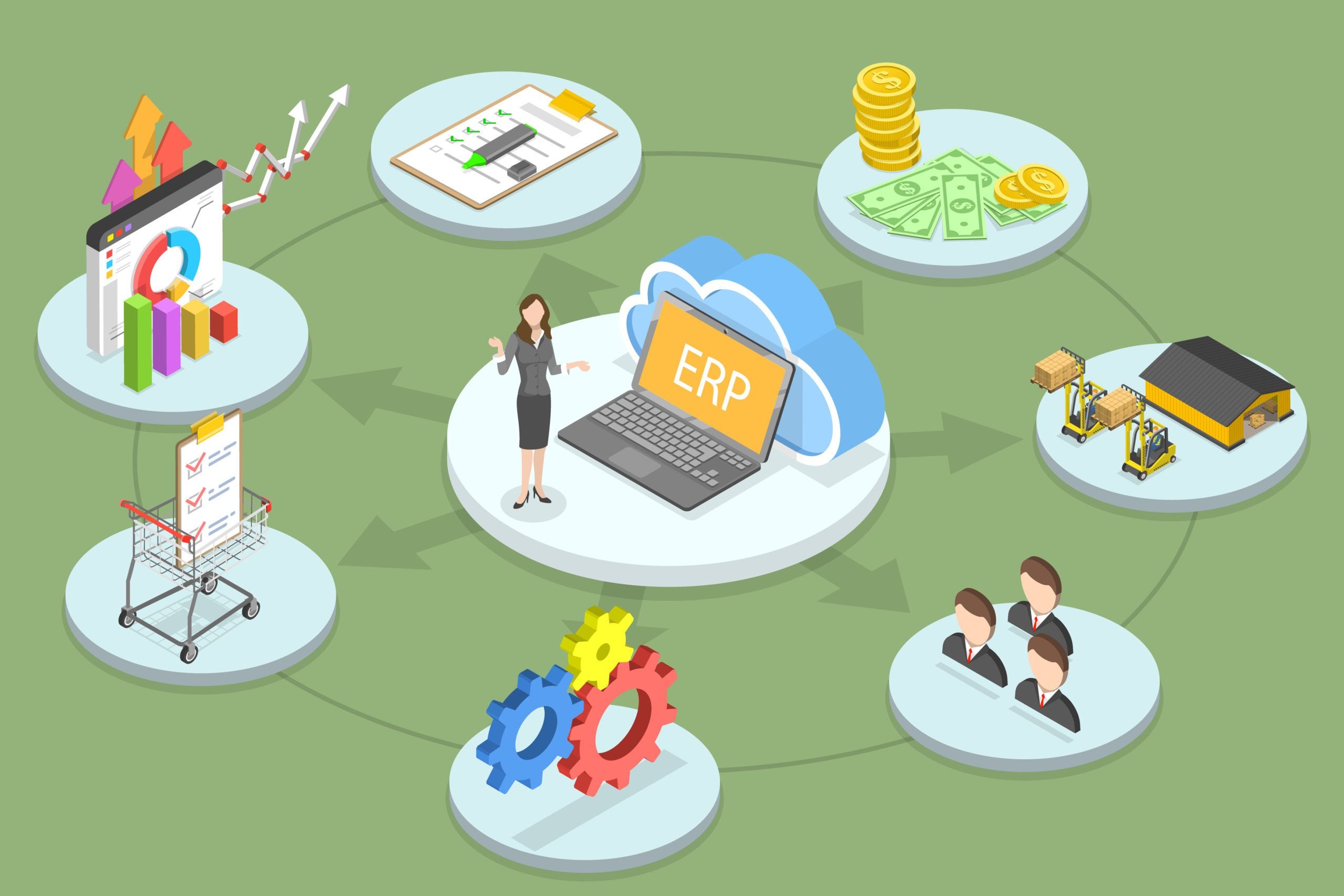Benefits of ERP: Weighing the Pros and Cons

A variety of industries and enterprise models use enterprise resource planning (ERP) software to organize and better connect their business applications. With the help of ERP solutions, users can automate, integrate, and create more visibility into how business processes are running, all while eliminating unnecessary IT tool sprawl.
Despite all of the benefits of ERP, businesses run certain risks when they invest in ERP without full knowledge of what the tool can do and how it should be set up and used. Weighing the pros and cons of ERP software ensures that organizations invest the right time, cost, people, and resources into selecting a solution that works.
Pros of implementing an ERP solution
ERP platforms offer a variety of efficiencies to enterprise teams, with improved data quality and management, increased collaboration, and new app integrations to simplify workflows
Data quality and process standardization
Most instances of ERP software rely on single-source-of-truth mega-databases, which pull data from business applications that have been integrated into the ERP. This larger database consolidates data from applications like customer relationship management (CRM) platforms and human resources information system (HRIS) software, which collect data from a variety of business departments and use cases.
Having different user profiles and documentation stored in one place not only makes for easier navigation and administrative visibility but also improves data quality and process standardization. Users can catch and correct data errors that have proliferated in one application or departmental process based on standardized data sets in the ERP.
Compliance and administrative controls
Many ERP platforms include automated policy management support, and some include specific support for regulations like GDPR and HIPAA. Greater administrative visibility and control over enterprise apps, data, and workflows make it easier for an enterprise team to maintain security, assess performance, audit operations, and meet compliance requirements.
Electric Powered Construction Machines Continue to Grow Exponentially in 2022
Manufacturers are looking towards electrically powered construction machines now more than ever…
0 Comments5 Minutes
September 1, 2023
4 Key Advantages of Outsourcing Your IT Department
IT,Technology,Cybersecurity,Digital Marketing,Outsourcing
Outsourcing refers to the process of hiring a third-party company to manage all or part of your…
0 Comments6 Minutes
November 9, 2022
Fortress HR: Why Your CHRO Should Be Leading On Cybersecurity
Technology,Cybersecurity,Leadership
Retail brokerage Robinhood was on a tear in 2021. Buoyed by a surging stock market and torrents of…
0 Comments1 Minutes
June 17, 2022
6 Best Business Management Software
Any company must-have business management software to run any type of business. Because good…
0 Comments9 Minutes
June 14, 2022